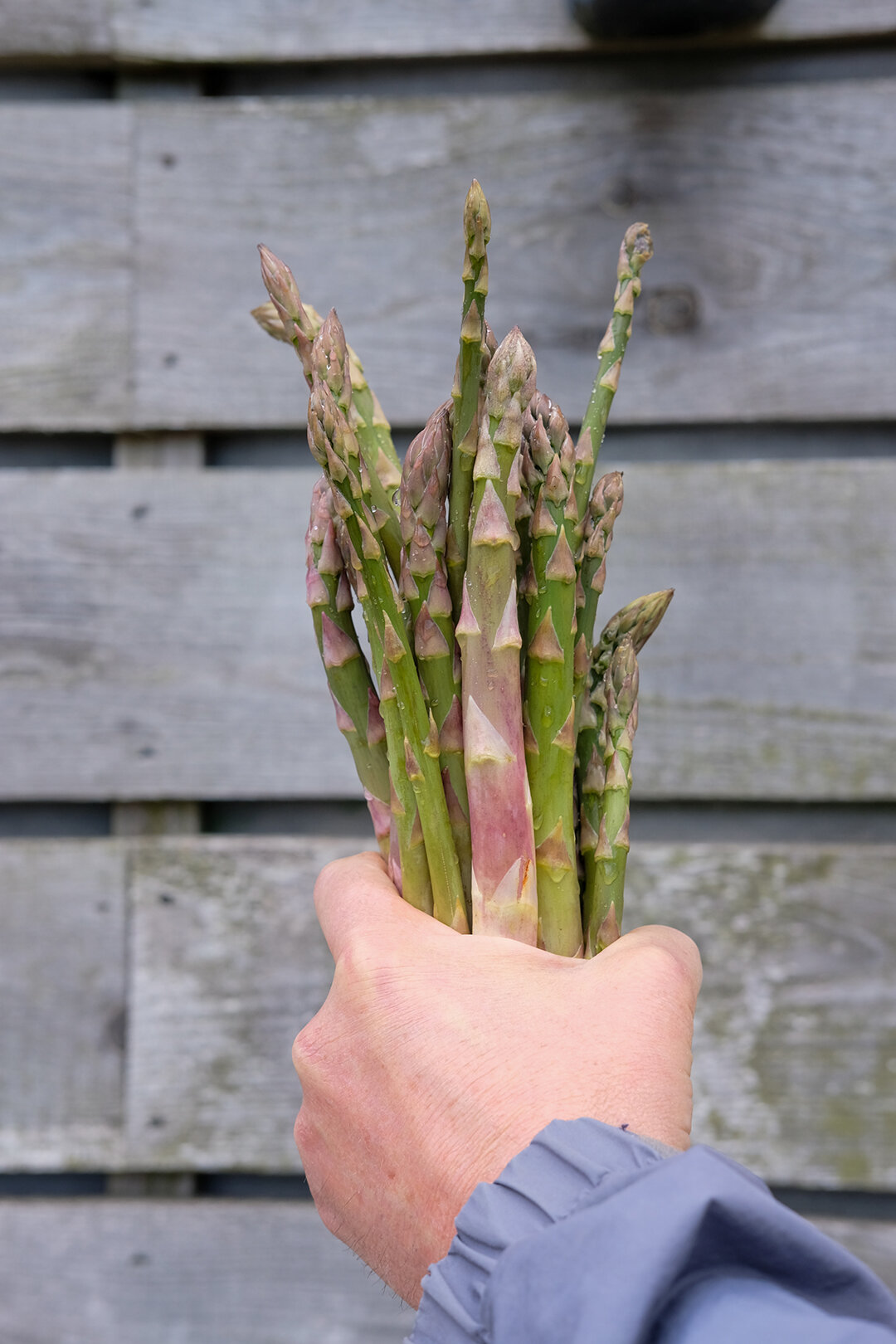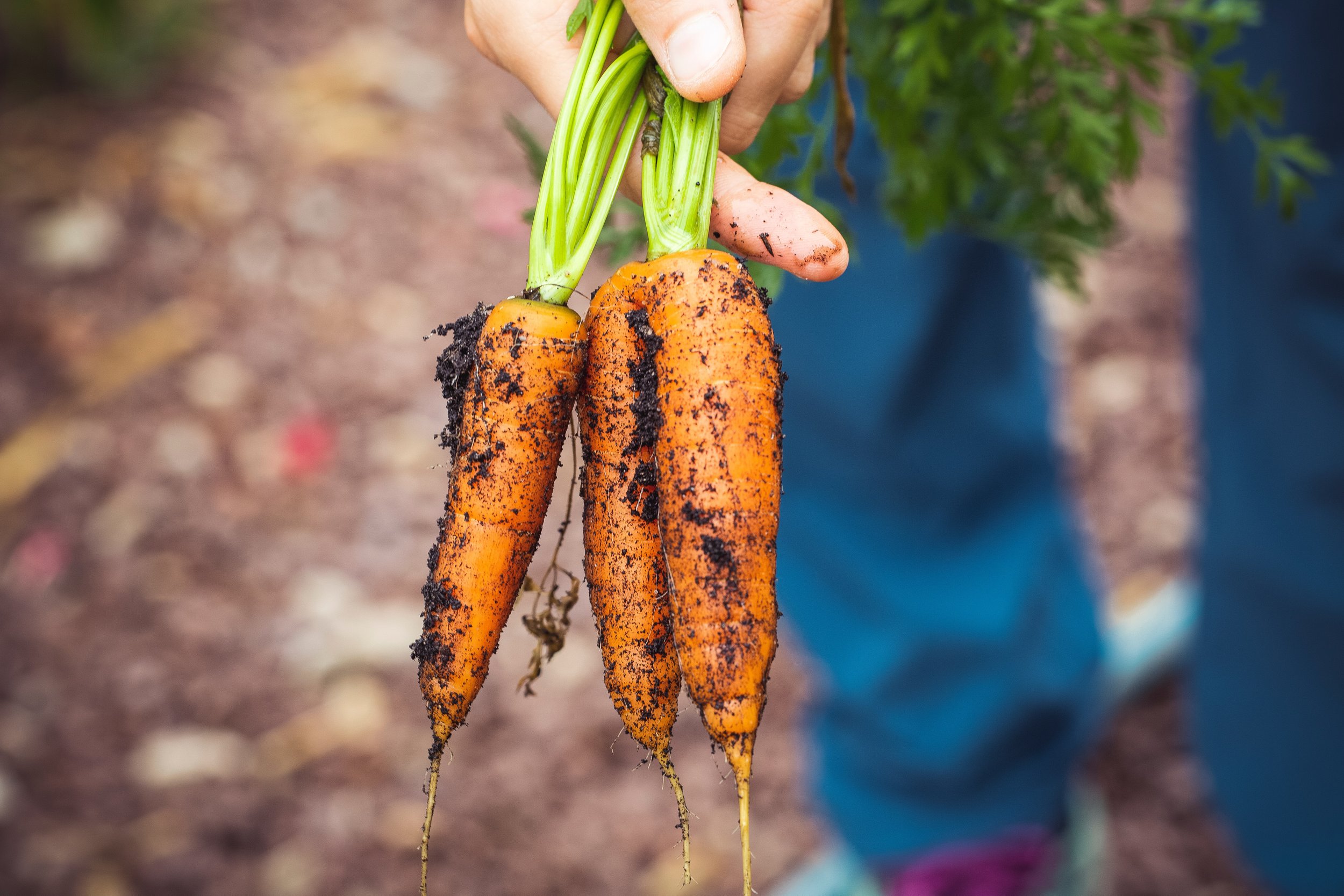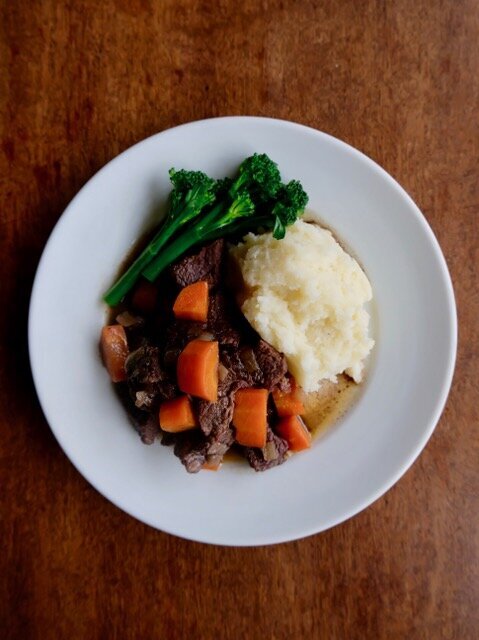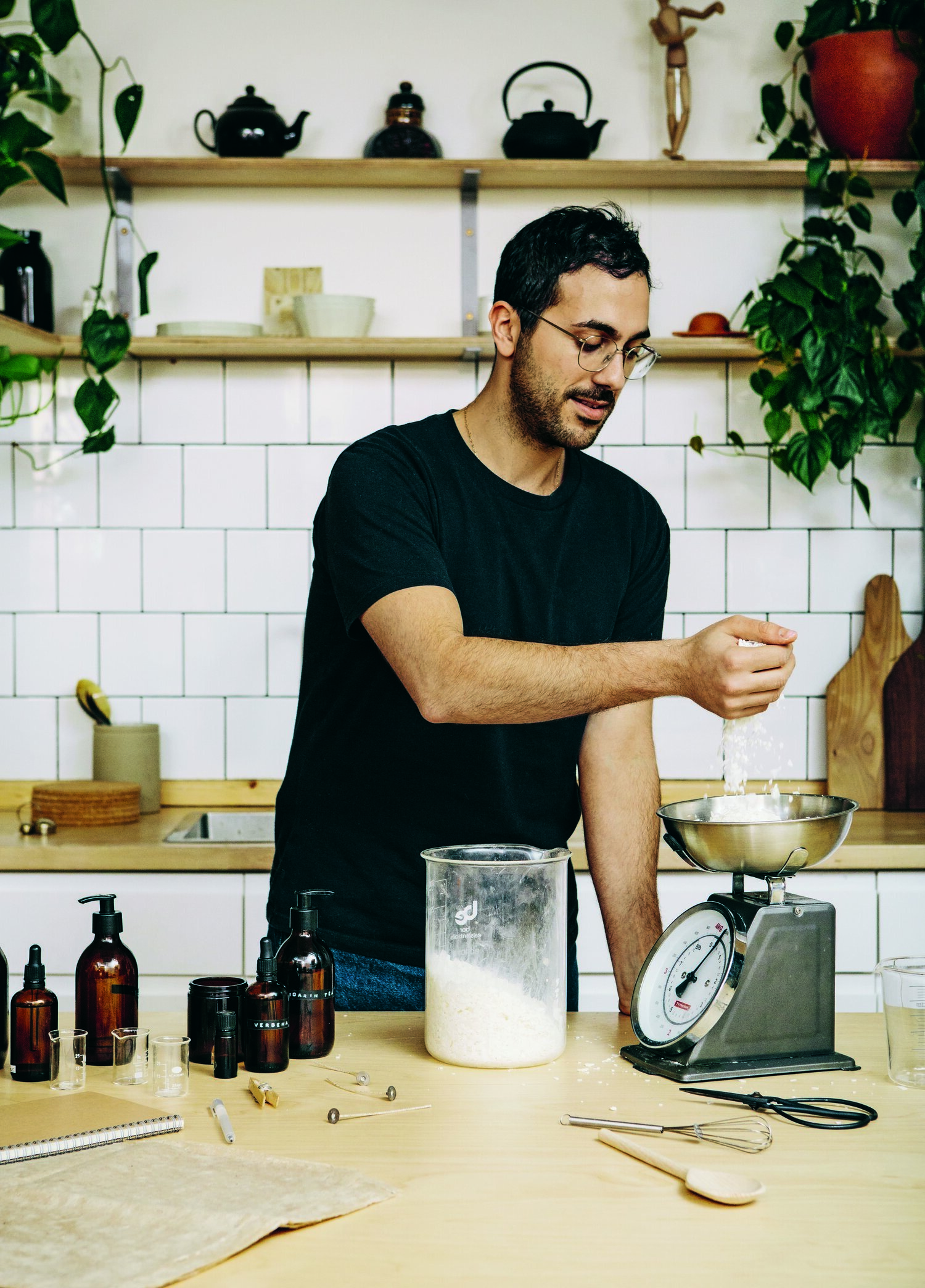Pesto or Pistou
By Caroline GladstonePhoto by Caroline AttwoodAnyone who knows me well knows that I am a bit of a nerd about etymology and the origins and history of words and how their use and meaning gets changed and corrupted over the years and across continents.
Therein lies the root and inspiration behind this article.
If you ask most people what pesto is, they will say it is a pasta sauce made from basil, garlic, olive oil, pine nuts (sometimes toasted) and parmesan or pecorino. While this isn’t wrong, what they are actually describing is pesto alla Genovese, a sauce that originated in Genoa, the capital of Liguria.
In fact, the word pesto is the past participle of the Genoese verb pestâ (pestare in Italian) which means to pound or crush. This refers to the traditional method of making pesto, which is to pound or crush all the ingredients in a marble mortar with a wooden pestle until you have a coarse paste. And yes, a pestle comes from the Latin pistillum meaning pounder, the same Latin root as pestare.
So strictly speaking, pesto is the generic term for anything made by crushing or pounding.
Pesto can be traced back to the Roman age. Virgil details the preparation of a similar paste called moretum in Rome made by crushing garlic, salt, cheese, herbs, olive oil, vinegar and sometimes pine nuts together. During the Middle Ages, agliata, made from crushed walnuts and garlic was a popular sauce in Genoan cuisine, where garlic was a staple.
The introduction of basil came much later and is first documented by Giovanni Battista Ratto in 1863 in his book La Cucina Genovese.
This is the original recipe:
“Take a clove of garlic, basil or, when it is lacking, marjoram and parsley, grated Dutch and Parmigiano cheese and mix them with pine nuts and crush it all together in a little butter until reduced to a paste.
Then dissolve it with good and abundant oil.
Lasagne and trofie are dressed with this mash, made more liquid by adding a little hot water without salt.”
This recipe for pesto alla Genovese soon became widely used in Ligurian cuisine, with each family creating its own slight variations to the traditional ingredients.
Originating probably in India, basil took very firm roots in Liguria and Provence in France and grew abundantly in those regions. However, it is seasonal which is why Ratto suggests the alternatives of marjoram or parsley, which are hardier and longer lasting. It’s interesting that Ratto mentions Dutch cheese rather than pecorino. Northern European cheeses were common in Genoa at the time, thanks to commercial maritime trade.
Pesto alla Genovese remains the most popular pesto in Italy and the world over and as such, it commands great emotive importance.
There is apparently a proposal by the Palatifini Association to have pesto alla Genovese included in the UNESCO intangible cultural heritage list. And there is a biennial international Genovese Pesto al Mortaio competition in which 100 finalists make pesto alla Genovese using the traditional pestle and mortar method, which are then judged by a board of 30 local and international judges.
There are however many variants which reflect the availability of locally grown ingredients: pesto alla siciliana, or pesto rosso, from Sicily, which uses almonds instead of pine nuts, with the addition of tomatoes and much less basil. Pesto alla calabrese, a spicy pesto from Calabria, which uses grilled red peppers, garlic, almonds, sun-dried tomatoes and ricotta as well as parmesan and pecorino. Further afield, you can now find recipes for pestos using rocket, wild garlic, spinach, kale or tenderstem broccoli, almonds, hazelnuts, walnuts, pistachios and cashews, instead of the traditional basil and pine nuts.
Illustration by Lee John PhillipsAs we are midway through the British asparagus season as I write this, I have included the recipe for a variant of my own, below.
Pistou, from the Provençal dialect of Occitan, meaning pounded, is a Provençal sauce similar to pesto alla Genovese, but made only from basil, garlic and olive oil. A hard grated cheese is sometimes added, but not pine nuts, because there were no pine trees in Provence, or at least no stone pines (pinus pinea) from which European pine nuts are harvested, and therefore no local pine nuts. And while pistou may be used with pasta, as in Italy, it is most often associated with the Provençal dish, soupe au pistou, a hearty soup made from white beans, green beans, tomatoes, summer squash, potatoes and pasta, with a good dollop of pistou stirred in just before serving. Much less widely known and less commonly used than its etymological and culinary cousin pesto, it is every bit as tasty and fragrant.
Asparagus and Hazelnut Pesto
You will need:100g hazelnuts
250g asparagus, trimmed weight
75g grated Pecorino
100ml olive oil
Pinch of salt, to season
Method:Toast the hazelnuts in a dry frying pan over a low heat for about 10 minutes, tossing frequently to toast them evenly on all sides and to stop them burning. Leave to cool, and when they are cool enough to handle rub them together between your hands to remove the skins. Discard the skins and put the toasted hazelnuts to one side.
Bring a large pan of salted water to the boil and blanch the whole asparagus for 2 minutes, until they are cooked but still firm. Drain and run under cold water to stop them cooking further.
Cut off the heads of the asparagus spears and put to one side. Roughly chop the stalks and put them in a Magimix with the toasted hazelnuts. I’ve left the garlic out of this recipe as I don’t like raw garlic, but you can add a clove, roughly chopped, at this point. Pulse the ingredients until they are roughly chopped, then add the olive oil and pulse again. Finally add the pecorino and season to taste.
This will give you 485g of fresh-tasting deliciousness, which will keep in a jar in the fridge for a week.
If you are using it as a traditional pasta sauce, put a couple of spoonfuls in a pan to warm while the pasta is cooking, and stir in a couple of ladles of pasta water to emulsify the sauce before you add it into the pasta. Equally, you can use it as an accompaniment to grilled chicken or fish, or instead of butter in a baked potato.















